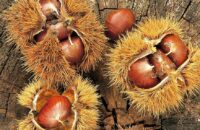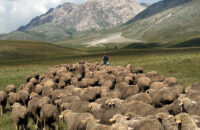AbsorbingCO2 emissions, producing oxygen, regulating rainfall-these three connections to climate would be enough to make forests a heritage to be preserved. But forests are also much more especially for biodiversity protection, poverty eradication, food security and environmental sustainability.
For these good reasons in 2012 theUnited Nations General Assembly proclaimed International Forest Day on March 21 each year. A date on which global awareness is raised about the importance of all types of trees and forests and countries are encouraged to undertake every local, national and international effort to safeguard them.
And if the UN has institutionalized this day, in 2017UNESCO did not miss the chance to recognize the Faggeta Vetusta di Val Cervara as a World Heritage Site. Located in the territory of the municipality of Villavallelonga and therefore within the National Park of Abruzzo, Lazio and Molise, on a par with those in the Carpathians and other regions of Europe, it is one of the primordial forests dated in part around 560 years old thanks to analyses conducted by theUniversity of Tuscia and Pnalm experts.
That of Val Cervara is a toponym most likely derived from the presence of large colonies of deer. It is a valley of theAceretta, the territory that with its mountain pass forms the border between the territories of two Pnalm pearls such as Pescasseroli and precisely Villavallelonga.
The Cervara Valley is a veritable treasure chest of biodiversity; in addition to beech trees, there are numerous endemic plants along with a population of the Park’s iconic and endangered animal, theMarsican Brown Bear , and protected animals such as the Apennine wolf, the Abruzzo chamois and, of course, the deer.
To reach Villavallelonga from Rome, you can take the A24 freeway to the Torano junction, then the A25 by exiting at the Avezzano tollbooth. From Pescara driving along the A25 you can exit at the Pescina tollbooth.







